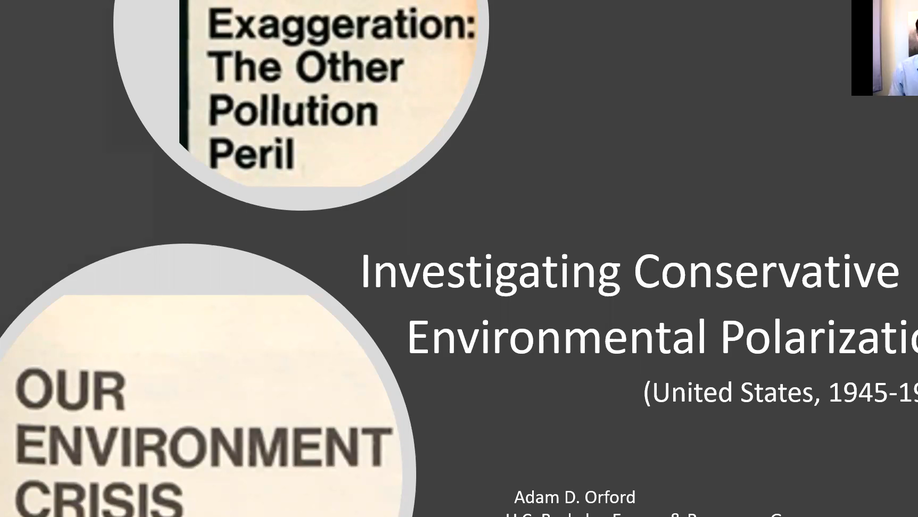Adam D. Orford
Associate Professor
Fordham Law School
Dr. Adam D. Orford’s interdisciplinary research focuses on deep decarbonization of the global industrial economy. He has examined regulatory approaches to climate emissions control, legal strategies to promote cleantech infrastructure investment, legal barriers to phasing out fossil fuel-fired electricity, legal frameworks for governing international carbon credit trading, legal options for promoting global renewable energy development, and legal impact assessment of energy and climate tax and spending programs. Orford was a member of the American Bar Association’s in-person delegation to the 29th Conference of Parties to the U.N. Framework Convention on Climate Change in Baku, Azerbaijan.
His recent scholarship has appeared or is forthcoming in Ecology Law Quarterly, the Columbia Journal of Environmental Law, the Georgetown Environmental Law Review and Frontiers in Climate. He regularly serves as a peer reviewer for climate policy journals. As an educator and mentor, he passionately supports law student success and career development.
Orford earned his J.D. from Columbia Law School, his Ph.D. from the University of California, Berkeley, Energy & Resources Group and his Master of Public Policy from the UC Berkeley Goldman School of Public Policy. Prior to returning to the academy, he was an environmental litigator in private practice, representing public and private clients in complex environmental civil litigation and regulatory matters. In law school, he served as the editor-in-chief of the Columbia Journal of Environmental Law.
Interests
- Climate Law and Policy
- Renewable Energy Transitions
- U.S. Political History
- Environmental Regulation
Education
Ph.D., Energy & Resources, 2021
U.C. Berkeley Energy & Resources Group
M.P.P. / M.A., 2018
U.C. Berkeley Goldman School of Public Policy and U.C. Berkeley Energy & Resources Group
J.D., 2006
Columbia Law School
B.A. (Italian), 2002
Arizona State University

